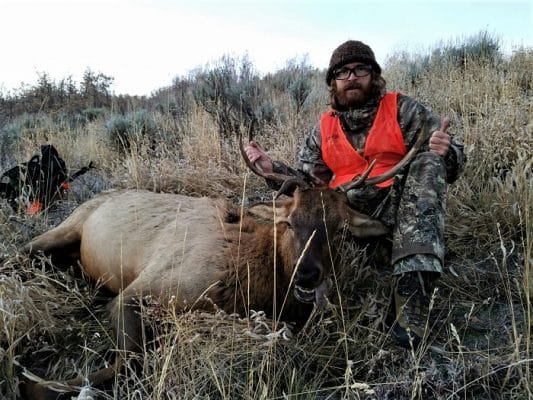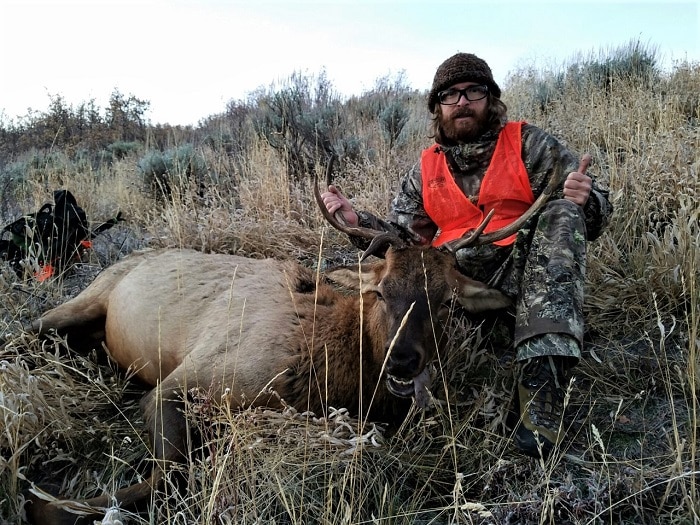
Putting red meat on the table
Utah Hunting
Although my grandfather was an avid duck hunter and helped to start Utah’s first duck hunting club, and my father was an avid pheasant hunter, neither of them introduced me to hunting big game.
I started hunting mule deer when I was 21 and a poor undergraduate wildlife student at Utah State University. Forty-four years later, I have harvested a total of 104 animals (mule deer, whitetail deer, and elk), and have learned a lot about hunting and eating them.
For the past 40 years, my wife and I have essentially boycotted most commercially raised meat, mostly because that practice is not truly sustainable and damages Utah’s fragile ecosystems.
Hunting in America has been in decline for many years, partly because fewer grandfathers and fathers are introducing children to hunting, which has always largely been about family and friends.
There has been, however, a recent resurgence of hunting, especially among millennials, who are shying away from commercially raised meats and produce. They are discovering the renewable wild food resources available in America, especially here in Utah, where well-managed herds of wild deer and elk are burgeoning.
Big game animals are not exposed to many of the things that are scaring red meat enthusiasts away from agribusiness livestock — things such as artificial hormones and unnatural diets. Because of this, even a few vegetarians have returned to eating healthier wild meats.
As a hunting guide, I have introduced younger people to hunting and eating game for decades. Because hunting and eating big game requires so much time, energy and money, I have always involved others by allowing them to barter various contributions in exchange for my wild meat. Pulling a trigger is easy compared to hauling the meat of a 700-pound bull elk off a steep mountain!
Years ago, I introduced my friends Kevin and Celia Bell to my techniques and approaches to harvesting, processing and cooking game. Because of a medical condition, Celia can only eat meat.
A retired U of U economics professor and well-known “green” philanthropist, Hans Ehrbar, recently purchased a farm in Eden, where he created a farm management plan that included participation with the Utah Division of Wildlife Resources to help control deer and elk populations found on his property through harvesting by hunters.
Hunting Cooperative
As a friend of Hans, Kevin was put in charge of managing what could be referred to as a hunting cooperative, and they harvested seven antlerless deer this year. Their co-op has introduced younger hunters and non-hunters alike to the values of harvesting and eating wild red meats. Such hunting cooperatives are being started across America.
Most big game hunters merely drop their harvest off at a local meat cutter for processing.
Unfortunately, most of those cutters are doing it as a sideline from their regular job of cutting up commercial meats. Bad idea! Wild meats are far leaner, as those animals actually work for a living, and should not be butchered or cooked the same way as fatty, agriculturally produced animals.
Elk meat is more versatile than deer (venison), so many less-experienced hunters prefer elk. Most experienced hunters, however, prefer deer because they know how to properly cut and cook their own wild game. The desire to eat healthier, while also reducing Americans’ long-term damage to the country’s natural ecology, continues to grow among younger, more environmentally conscious people.
SIMILAR STORIES:
Hunting: Essential for Utah’s Economy and Ecosystem


